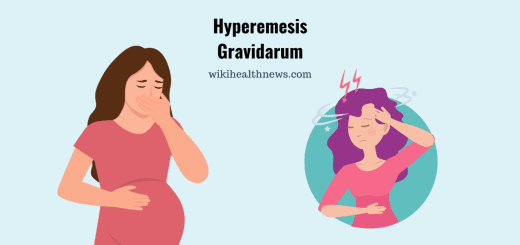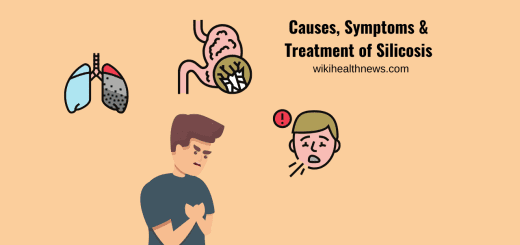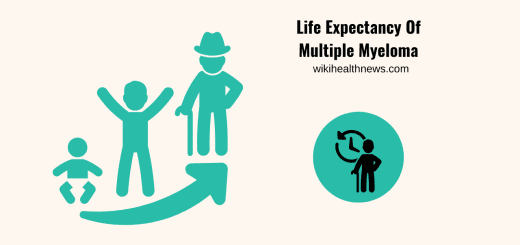Melatonin and Health: Function and Uses

What is melatonin?
Melatonin is a hormone that is produced by the pineal gland in animals and regulates sleep and wakefulness.
What is the effect of melatonin on sleep disorders?
Melatonin was found to be effective and safe in improving sleep latency, sleep quality, and daytime alertness.
Does melatonin improve tinnitus?
Melatonin in tinnitus found the quality of evidence low, but not entirely without promise.
What is the effect of melatonin on jet lag?
Melatonin is known to help in reducing the effects of jet lag by resetting of the sleep-wake cycle.
Is there a role of melatonin in reducing headaches?
Melatonin to protect against radiation-induced cellular damage. Melatonin and its metabolites protect organisms from oxidative stress by scavenging reactive oxygen species which are generated during exposure.
Gastroesophageal reflux disease: Does melatonin help?
A 2011 review said melatonin is effective in relieving epigastric pain and heartburn.
Sleep in autistic people: Is there a role of melatonin?
Melatonin might improve sleep in autistic people. Children with autism have abnormal melatonin pathways and below-average physiological levels of melatonin. Melatonin supplementation has been shown to improve sleep duration, sleep onset latency, and night-time awakenings.
What is the circadian rhythm?
Circadian rhythm referred to as the “body clock,” the circadian rhythm is a cycle that tells our bodies when to sleep, rise, eat—regulating many physiological processes.
The primary function of melatonin is regulation of day-night cycles. Human infants’ melatonin levels become regular in about the third month after birth, with the highest levels measured between midnight and 8:00 am. Human melatonin production decreases as a person ages.
Why teenagers sleep late?
Also, as children become teenagers, the nightly schedule of melatonin release is delayed, leading to later sleeping and waking times.
Which foods contain naturally occurring melatonin?
Naturally-occurring melatonin has been reported in foods including tart cherries to about 0.17–13.46 ng/g, bananas, and grapes, rice and cereals, herbs, plums, olive oil, wine, and beer.
Read More












